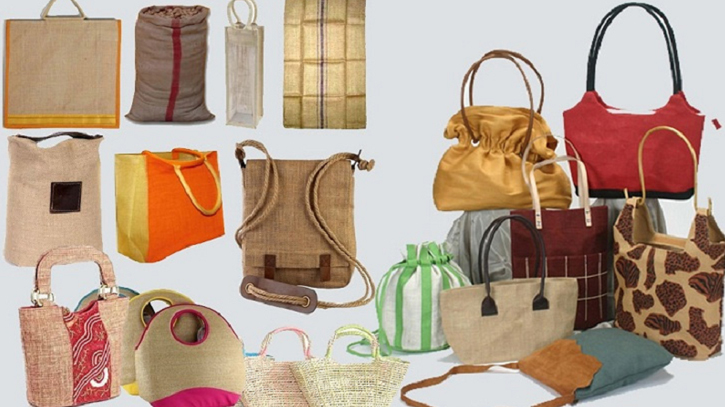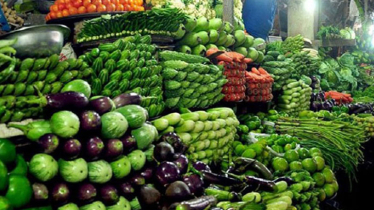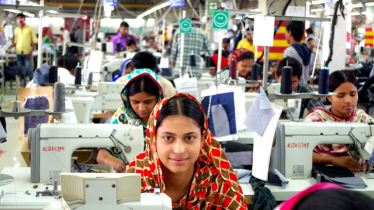
Photo : Collected
Once known as the land of golden fibers (Jute) due to the worldwide fame, this industry has faced a major decline in recent times. The advent of various alternative products, especially plastics led to the closure of several jute mills.
Export of jute products has been dwindling. According to the Export Promotion Bureau (EPB) data, jute exports saw a decline of 3 percent in the financial year 2021-22 compared to the previous year. This negative trend has persisted, with a staggering 20 percent decrease in jute and jute product exports during the 11 months from July to May in the recent past financial year. This represents a significant drop in revenue, signaling the industry’s challenges.
Over the last five years, seventy jute mills have been shut down, and even the operational mills are producing well below their capacity. The Bangladesh Jute Mills Association (BJMA), representing private jute mill owners, now only has 132 out of 202 factories in production.
In contrast to jute, the dominance of plastic is evident in both offices and homes. Alarming reports predict that by 2050, there will be more plastic waste than fish in the oceans, reflecting the excessive plastic production and consumption.
Despite this crisis, the government is making efforts to revive the glory of the jute industry. In 2023, jute products have been declared the ‘Product of the Year’.
Several laws, including the Jute Policy, Textile Industry Act, and Textile Policy, have been enacted to support jute production, marketing, and export. The government has also established a fund with the assistance of jute farmers and is subsidizing jute seed production to reduce import dependency. Mandatory laws have been implemented to ensure the use of jute
wrapping in the sale, distribution, and supply of seventeen products, including fertilizers, sugar, and rice.
The Jute Diversification Promotion Center (JDPC) has been set up as a permanent exhibition and sales center showcasing around 250 types of versatile jute products, aiming to tap into the global market. Moreover, cash assistance for diversification of export-oriented jute products has been increased to 20 percent.
However to protect the jute industry, efforts should be made more to diversify its products and expand their reach both nationally and internationally.
TDM/SD








